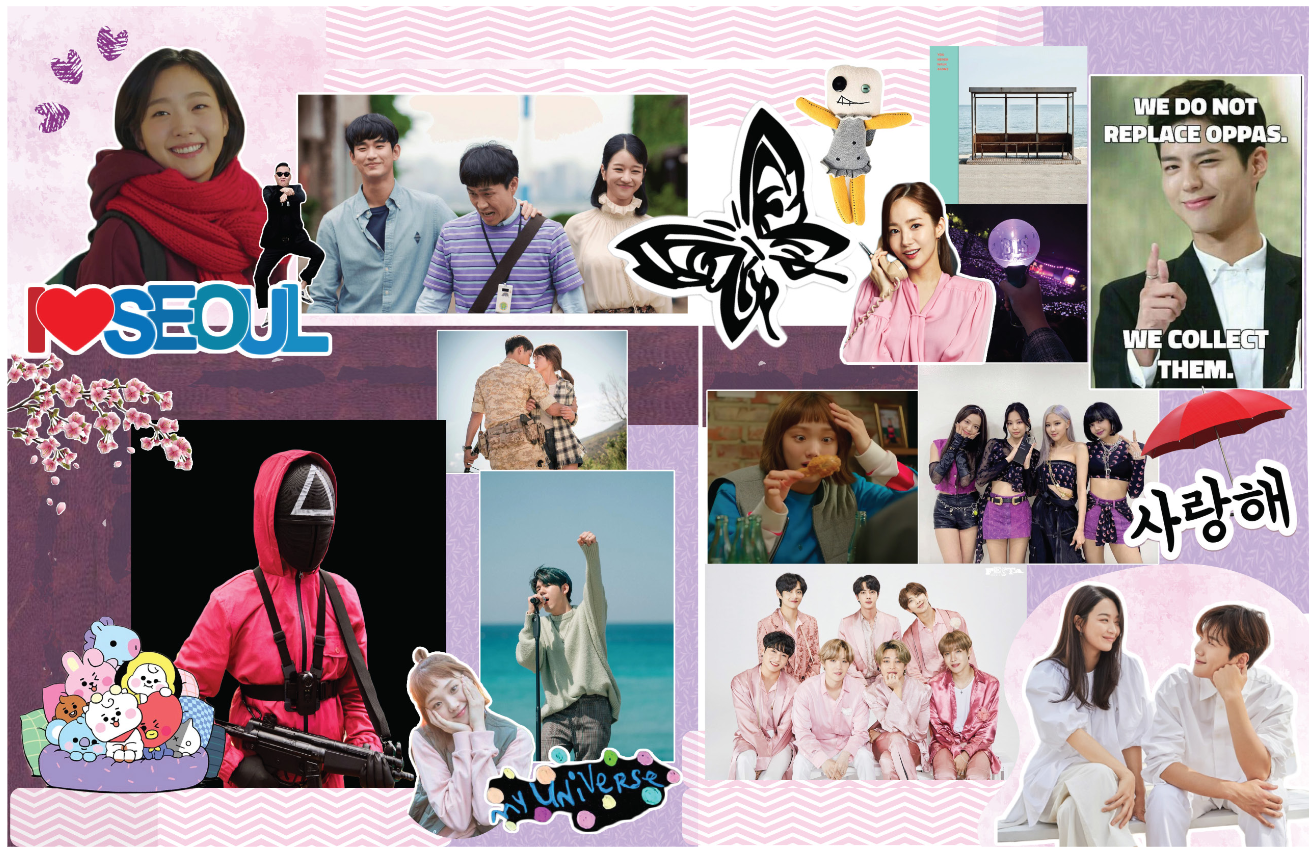Blogs

JOMO-AND-CLUTTERCORE
26 Dec 23
By Owner
Time : 498 days 19 hours 4 minutes 42 seconds ago

Finding the joy in missing out or filling our spaces with everything we love, we are shifting towards a simple nostalgic life.
I have a confession to make, as of lately I have observed my walks in the morning are slower than usual and that has opened a window for me to start to analyse the horizon of little moments. Yes, little moments, the moments we speak of between opening your laptop to work,the pause before you take another sip of that soothing coffee or watching a cobbler mend the shoes in a continuous manner. All of these little moments grab my attention.
As I witness these small moments, the world is battling to be back on its feet again with a renewed speed. Frankly, before pandemic I did not have this newfound ability to see between the moments. The little moments, as I say, were unseen. During the pandemic, our sense of relating to people has exponentially risen. Everyone (depending on how you estimate the after effects of the pandemic) is in the same boat and yet at a different pace.
The feeling of grappling uncertainty has risen https://academic.oup.com/tropej/article/67/1/fmaa122/6053725 . Generation Z and Millennials both enjoy the luxury of keeping it real and something that speaks about the space between the little moments. This comes from the idea of prolonged happiness that should be associated with anything that you do.
The secret of Joy of Missing out on our screens
The feeble feeling of finally being able to miss some get togethers and settle in your comfiest pair of night wear and binge watch your favourite series sounds like a dream. Well, this dream is certainly voiced by many that expect to have a sane after work ritual that keeps us energised and in tune with ourselves.
Stemming as a contradiction or validating the hashtag (I leave that open to discussion) that seeped in our culture, FOMO or Fear of Missing out, JOMO is a way of dealing with the excess that is around us. Calling it a fight to avoid, in their opinion piece on JOMO, Sankalp Chauhan https://www.youthkiawaaz.com/2022/05/not-f-o-mo-but-j-o-m-o-is-the-answer/ expresses that JOMO might reap more benefits than the pressure of being in a group. The fuss-free approach in dealing with people may also make way for clutter-free life but a closer sentimental approach to the way we live physically.
The OTT series and films since late 2019 had the narratives of stories in the Indian cinema see a shift to the art of storytelling that resides away from the urban landscapes. And now with the pandemic leaving an everlasting impression of uncertainty, the OTT platforms have invested in stories that are closer to the narratives that we come across daily in life.The relatability of the content available to consume is something that is being appreciated. Counting on the small moments and teaching us valuable lessons, the backdrop for recently released series have been the rural or small town cities https://www.outlookindia.com/art-entertainment/why-indian-ott platfroms-amazon-prime-video-netflix-mx-player-zee-5-moving-towards-rural-small-town-stories-news-201065 . Series and movies released in 2020 to present like Ghoomketu https://www.imdb.com/title/tt3734580/ , Home Shanti https://www.imdb.com/title/tt19862474/ and Triples https://www.imdb.com/title/tt12299956/address the need of fulfilling dreams, be it individual aspirations or the ones that involve building a dream house or a cafe. These sentiments attached to the aspirations have a larger impact on the process that one goes through to achieve them. The series focuses heavily on the little rendezvous between characters that amount to the intimate chemistry that humans have been denied since the past two years. This has struck a chord with the audience deeming the series to be viewed as a way of expressing unsaid simple feelings.
These stories encircle life as we know it. The characters' struggles, dilemma and little bickering on much added sugar in the tea all lead up to the constant faze that we face in our daily life. This isn’t about bigger heroes saving the day, it is about the message to cherish these little joys and celebrate wins that seem personal.
These personal yet significant wins have cemented an idea of having a sentimental value to thethings we possess. Enter cluttercore https://www.bbc.com/culture/article/20210430-cluttercore-the-joy-of-a-maximalist-home that seems to solidify the idea that we love having things that are nearer and closer to us. As the name suggests, cluttercore explores the idea of a close cluster of belongings that decorate every corner that is quite significant to the Indian households. The interiors shown in the series and movies now explore the same norm of cluttered spaces around the house. No corner is left untouched by any commodity and somehow it is decorated as if it is the most precious corner and part of the house. This is the closest imitation of raw lifestyle that the series gets right to the T.
Though this seems like a welcoming change, Gen Z seem to relate themselves to this interior
aesthetic https://livewire.thewire.in/out-and-about/cluttercore-gen-z-millennial-minimalism-victorian- excess/ more than often. This can be dubbed as a maximalist way of living but seeing it unfold in real time in real Indian houses expresses the idea of holding onto things that hold a value even after it’s primary use and if that does not express sustainability, I don’t know what does. Life, as we know it, is moving at a speed that no one always appreciates. With series and movies that celebrate the smaller joys and our spaces that are filled with items we cherish forever, we might finally be closer to joys that are personal and yet achievable. Social media has been on the forefront on how the ideal life looks but I guess this is the time when we put down our screens and examine our surroundings for real. Presently, we might miss out on the smaller moments like sharing a laughter with a stranger under a mask that might constitute something so significant like mighty drops in an ocean that we dearly call life!
Words by Prasheel (@prsh.journal), Intern at VisioNxt.
The Team - Dr. Kaustav Sengupta, Director - Insights, Dr. Shalini Sood Seghal, Director - Creative, Ms.
Poornima S, Trendspotting Coordinator, VisioNxt.
For more information, email us at visionxt@nift.ac.in





